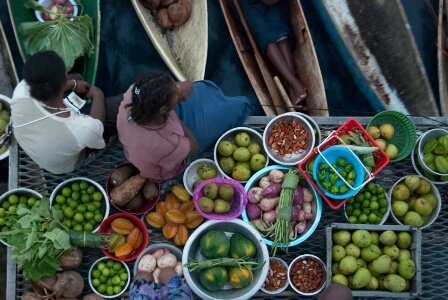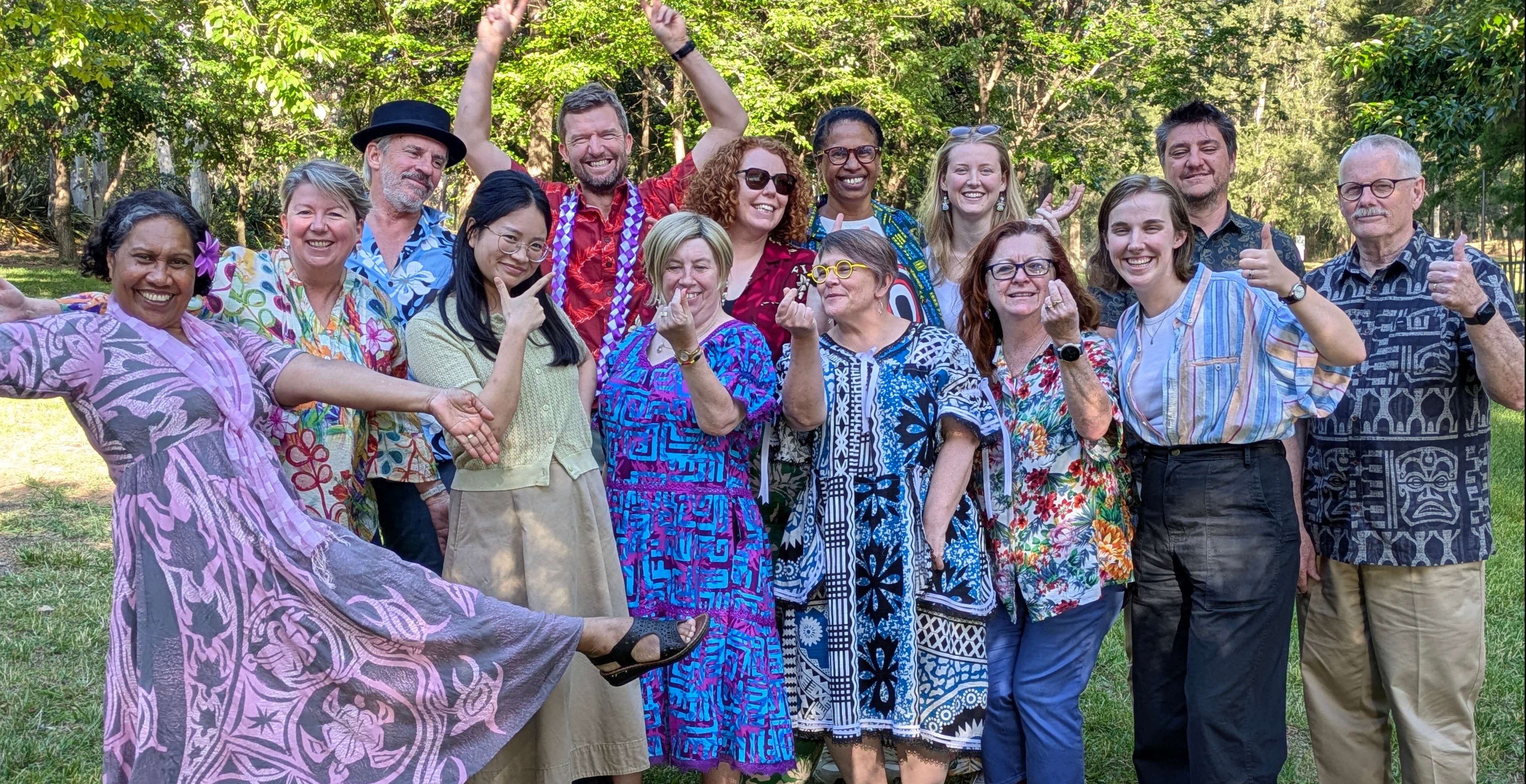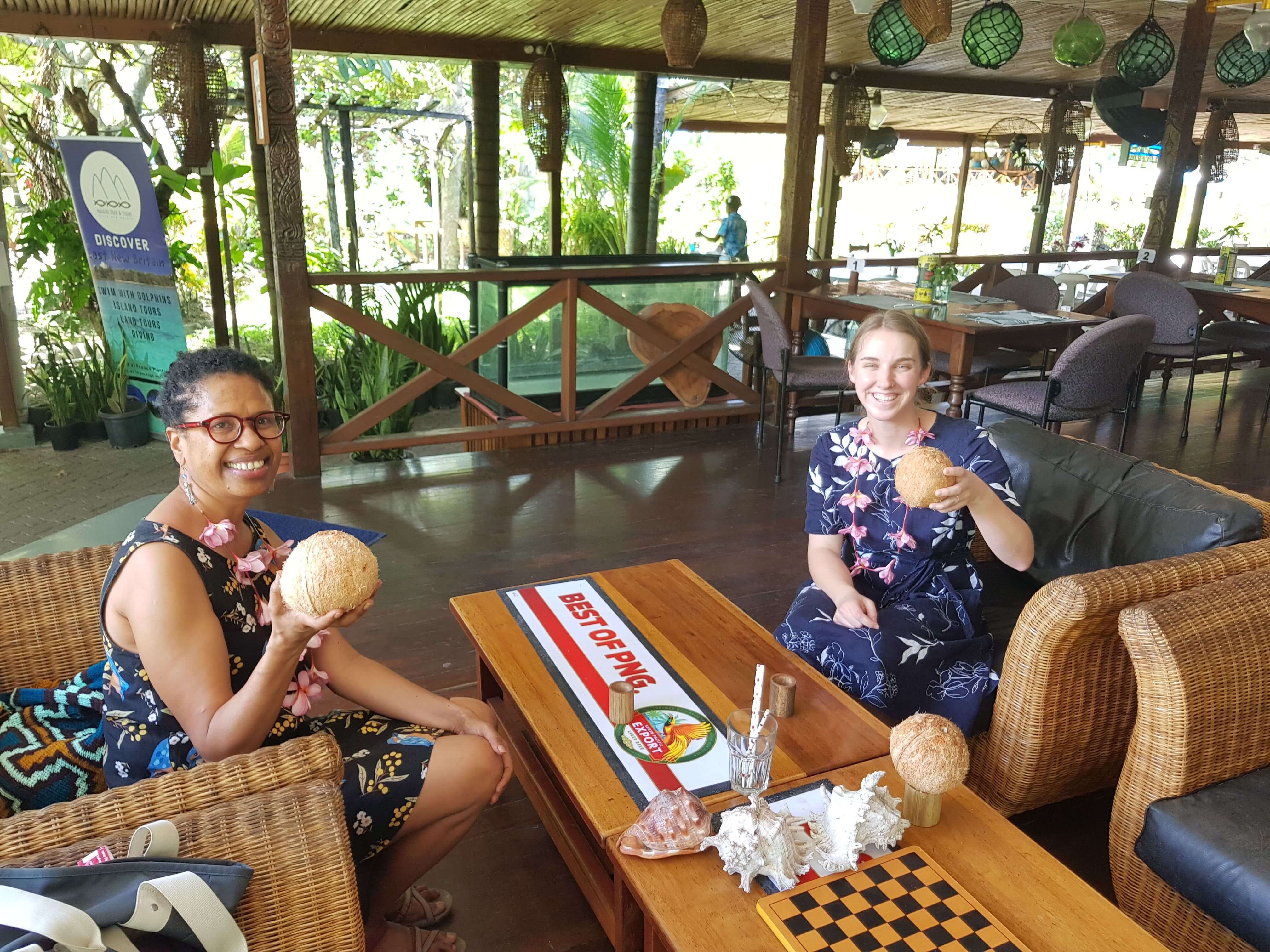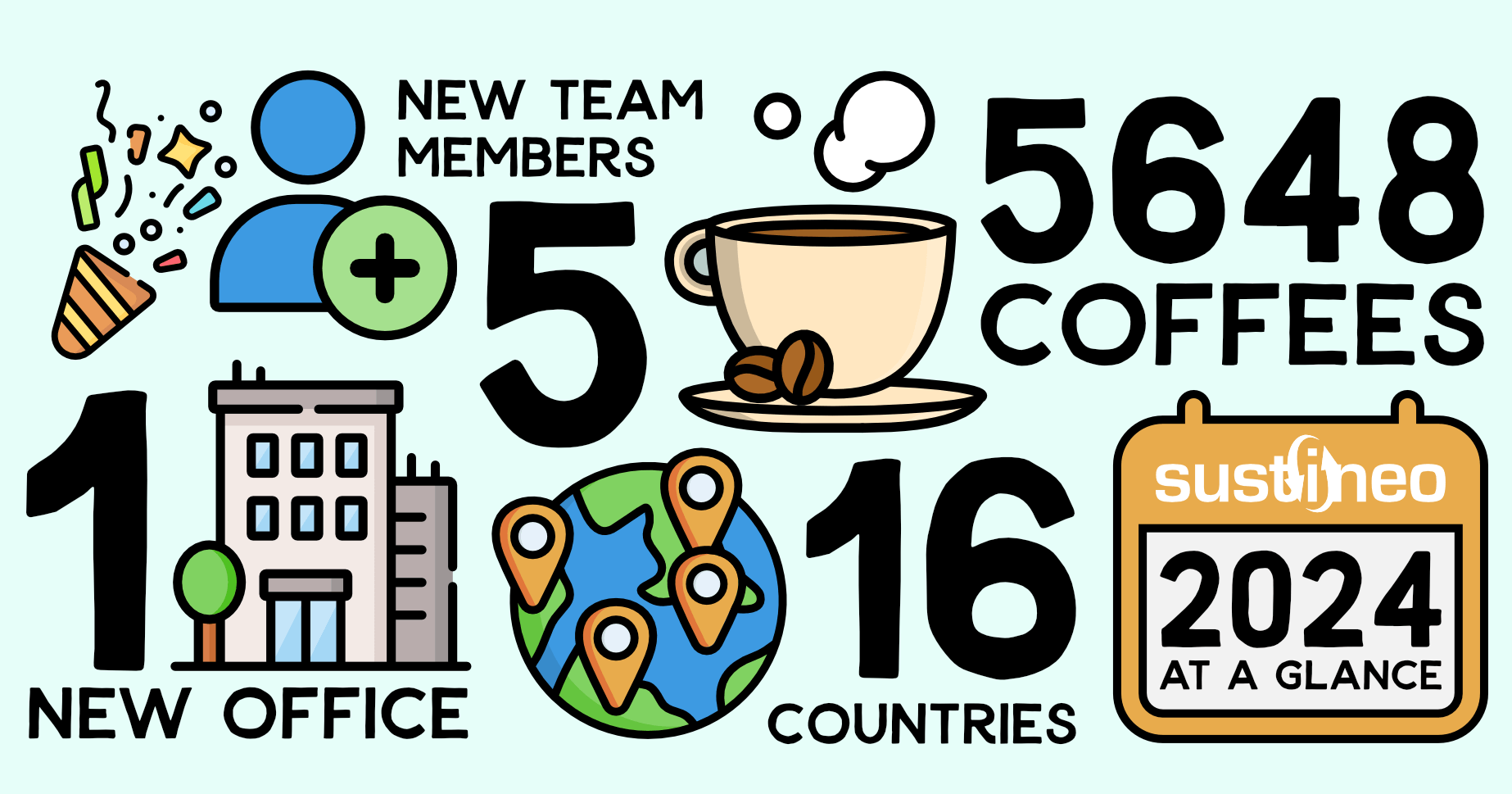The United Nations Development Program (UNDP) has just released the latest UNDP Human Development Report. Published annually since 1990, each report ranks country achievements based on the well-known, high-respected and widely used living standard measure, the Human Development Index (HDI). The HDI combines measures such as health, education and per capita income into a single, composite measure. This year’s HDI scores rank Norway as the country with the highest level of human development, one place ahead of Australia. The conflict-torn Democratic Republic of the Congo (formerly Zaire) gets the lowest ranking among the 187 countries included in this year’s report.
Rankings for nine Pacific Island countries are provided in the 2011 HDI. These countries and their rankings are: Palau (49), Tonga (90), Samoa (99), Fiji (100), Micronesia (116), Kiribati (122), Vanuatu (125), Solomon Islands (142) and Papua New Guinea (153). Palau’s ranking puts it among the top 40 percent of countries; however the last five countries are in the bottom 40 percent and Papua New Guinea is in the bottom 20 percent, along with many African nations. These respective rankings are lower than what many might expect, given the popular perception that Pacific Island countries are island paradises. In fact the HDI suggests that development measures in the Pacific are very similar to those of many sub-Saharan African countries, for example Guyana, Botswana, Swaziland, Angola, Tanzania and Nigeria are ranked 117, 118, 140, 152 and 156 respectively.
What is more disturbing is that HDI rankings for Pacific Island countries are falling over time, meaning that these countries are slipping behind the rest of the world insofar as living standards are concerned. Of the nine countries mentioned above, only Tonga, Fiji, Micronesia, Solomon Islands and Papua New Guinea were actually ranked in the 2010 Human Development Report. In the 2011 report their rankings fell by 5, 14, 13, 19, 16 positions, respectively.
The falling HDI rankings for Pacific Island countries cannot be rejected as a statistical anomaly, and of course statistics cannot alone give us the complete picture of living standards. But the HDI rankings are consistent with other information for these countries. A recent issue of the Journal of Development Studies reports that Pacific Island countries have the lowest and most volatile economic growth rates of all developing country regions. AusAID’s Tracking Development and Governance in the Pacific 2009 reports that income poverty is increasing in the Pacific, with approximately 2.7 million people – or one-third of the region’s population - not having the income to satisfy their basic needs. It also reports that more than 400,000 children are not enrolled in primary school, seven out of every 100 children die before their fifth birthday and that at least 80,000 adults have HIV, with the rate of infection growing by more than 40 percent per year, the fastest of any region of the world.
The plight of the Pacific Island countries is one that much richer countries, Australia and New Zealand in particular, cannot ignore. The standard response of rich countries is to increase development aid. This must be questioned. Relative to gross national income (GNI), Pacific Island countries already receive some of the largest amounts of development aid in the world. The Solomon Islands, for instance, received aid to the equivalent of 42 percent of its GNI. This was 83 times the amount of development aid relative to GNI that the developing country group as a whole received in 2009. These amounts, combined with the poor comparative development performance of the Pacific Island countries as whole, do not necessarily suggest that aid has been ineffective - the development situation in these countries could have been worse in the absence of the substantial amounts of aid they did receive - but it does suggest that there are limits to what can be achieved with aid, and that if rich countries are to respond to the development plight of the Pacific these countries need to look at other ways of lifting living standards in the region. A start would be to look at ways of stimulating more foreign investment in, exports from, and remittances to, Pacific Island countries. These are is well-established drivers of growth that have demonstrably improved standards of living in other developing regions of the world, there is no reason to expect that these measures will not have the same impact in the Pacific. Rich countries could also look at ways of building greater capacity in the Pacific Island countries to address their own problems, recognising that such capacity is a pre-requisite to sustained development efforts in the region. Development aid in itself may not be enough to improve standards of living in the Pacific and in order not to see Pacific Island countries slip further down the HDI rankings in future years, rich countries must explore ways of supporting these countries in new innovative ways.
Sustineo Pty Ltd recognizes the importance of supporting Pacific development not only through aid but with other drivers of growth and poverty reduction. Partnering with the Alfred Deakin Research Institute (ADR) and with financial support from the Australian Research, Sustineo is constructing an index that will rank rich countries based on their efforts with regard to aid, trade, migration, private investment, security, the creation and dissemination of new technologies and the promotion of environmental sustainability in the Pacific Island countries.
Professor Mark McGillivray, Research Chair – International Development, Alfred Deakin Research Institute
Dr Carpenter, Principal Consultant – International Development



